Each person has a different reason. Some people have traveled to many countries and then chose Vietnam as their destination. Some people have just graduated and come to Vietnam to work until now.
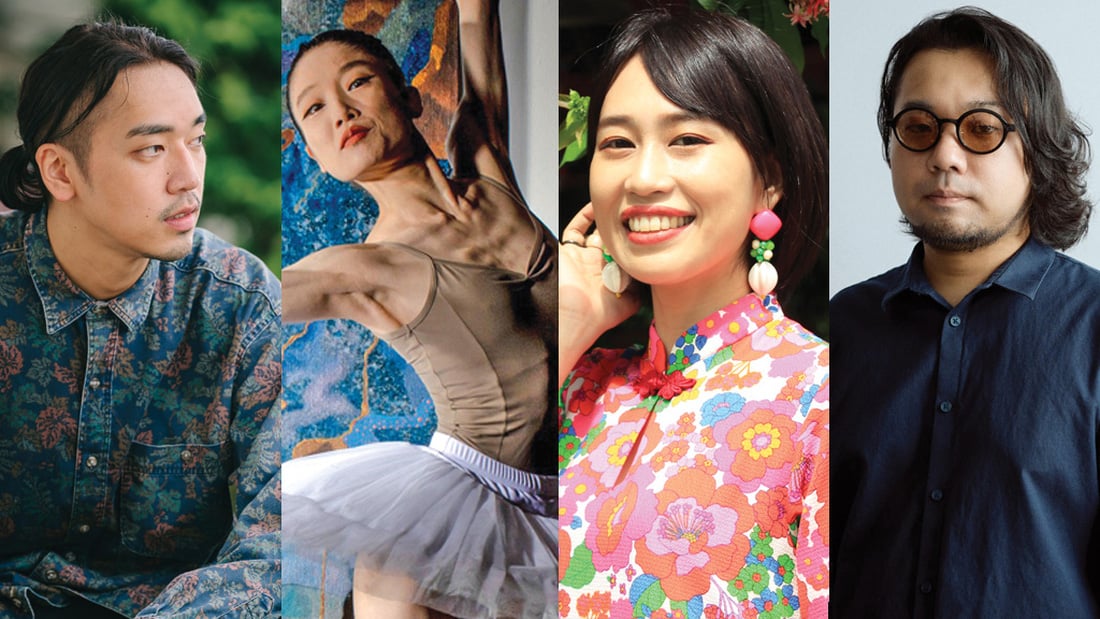
Working in many fields, they are a testament to the friendship between Vietnam and Japan over the past 50 years, and also represent the future generation to continue writing the beautiful story of friendship between the two countries.
The architect loves Saigon alleys
Yamada Takahito, 35 years old, is the founder of the architectural design office studio anettai, known for its tropical-inspired works in Ho Chi Minh City, Da Nang , Vung Tau, Japan, and several other countries...
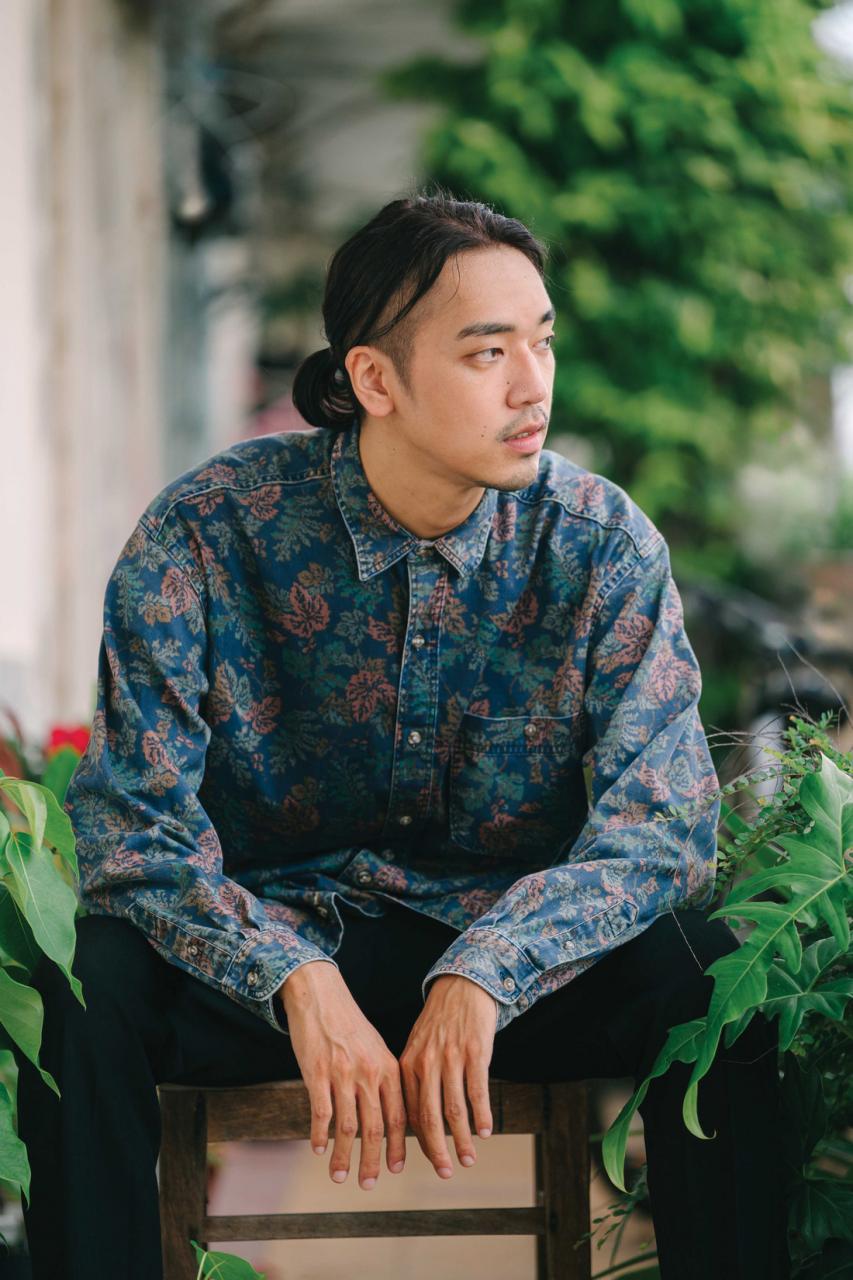
Photo: NVCC
Takahito and his colleagues at studio anettai are also the designers of 3 shops in the unique "bed cafe" chain Chidori - Coffee in Bed in Ho Chi Minh City.
Among them, Chidori in District 1 is one of the projects that clearly demonstrates their philosophy: architectural design by learning from the urban landscape and culture of Vietnam, as well as the behavior of Vietnamese people.
The project was renovated from a tube house on Pasteur Street, 4m wide and 20m deep.
To meet the client's idea of a bed-café space, while taking advantage of the available conditions and connecting with the urban context, Takahito and his colleagues "transformed" the house into an alley - "where new and old cultures blend together".
The main space of the shop is the "houses" (bunk beds) overlooking a 2m wide common walkway - recreated as an alley with rough brick walls imbued with street style - so that every customer coming to the shop will feel like they are entering the alley to return home.

YAMADA TAKAHITO
According to Mr. Takahito, the target customers of the shop owner are young Vietnamese people. Completely agreeing with this thought, Takahito wants to combine Vietnamese culture, especially alley culture and city landscape into this project.
The Japanese architect expressed his delight when seeing that alleys in Vietnam have many "hidden gems", which may contain restaurants, eateries, and many interesting places...
In Japan there are also alleys, but here, I like the way people take advantage of the alleys. The alleys are not only for transportation but also have very rich features.
When asked about the working environment in Japan and in Vietnam, Takahito smiled: "I have never worked in Japan."
Indeed, while studying architecture in Japan, Takahito began to learn about Southeast Asian countries and then fate led him to be accepted as an intern at the company of famous Vietnamese architect Vo Trong Nghia.
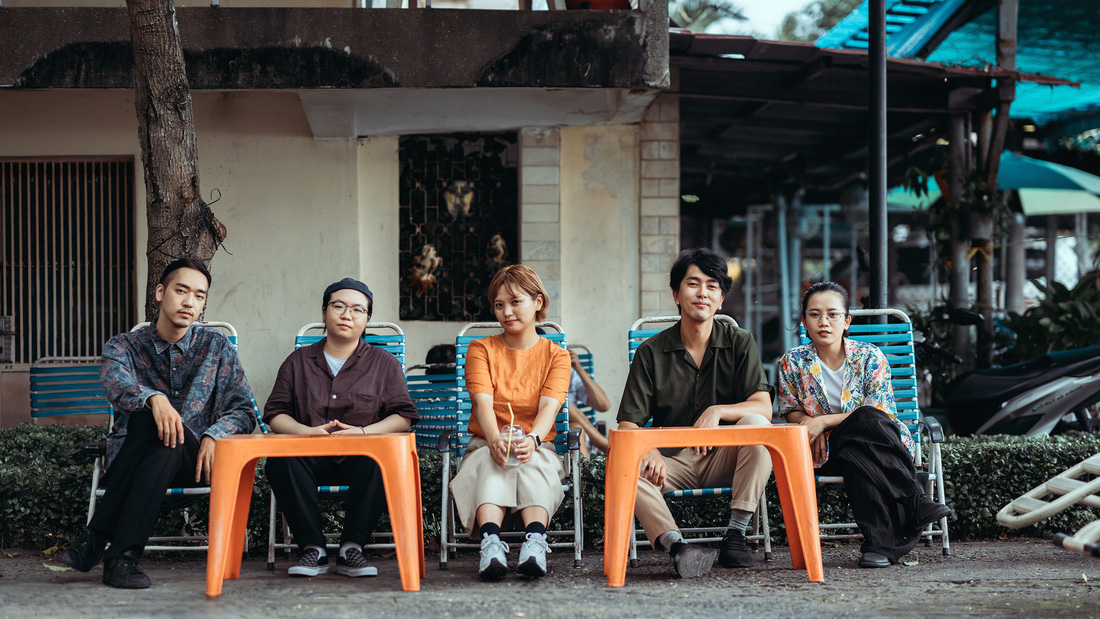
Architect Yamada Takahito and his studio members - Photo: NVCC
After finishing his internship, Takahito continued working there for about 5 years before "going out on his own" and establishing his own design office. Currently, the anettai studio team has 5 people, both Vietnamese and Japanese, working together.
Takahito shared that one of the "misunderstandings" he often encounters when working in Vietnam is that people often "assume" that he designs in Japanese style.
"We studied design in Japan, but it's not like we specialize in Japanese style.
Each environment and each culture will be different. We learn the core and when we work, we want to apply those things to Vietnamese culture," he explained.
Another thing that made the Japanese architect quite confused when working with Vietnamese clients in the early years was that Vietnamese people like to decorate their spaces with lots of things.
From being a bit "shocked" to see his designs covered by many things, after a few years in Vietnam, Takahito gradually realized that they were not just "decorations" but also "proof" of how people actually lived in that architecture.
“We found it interesting and thought we should respect that,” says Takahito, who also creates designs that can be customized after moving in.
Yamada Takahito has been living in Vietnam for 10 years, but he says he still intends to stay here for a long time. Currently, Takahito has also expanded his work beyond Vietnam and Japan to many countries, including India.
Female dancer loves the West
Tatsumi Chika was born in Japan and went to China to study dance for five years before continuing to the Netherlands to study dance for four years and then staying to work for another two years.
The 32-year-old dancer is currently the only foreign artist of Arabesque Vietnam - a unit that regularly organizes dance performances in and outside Vietnam.
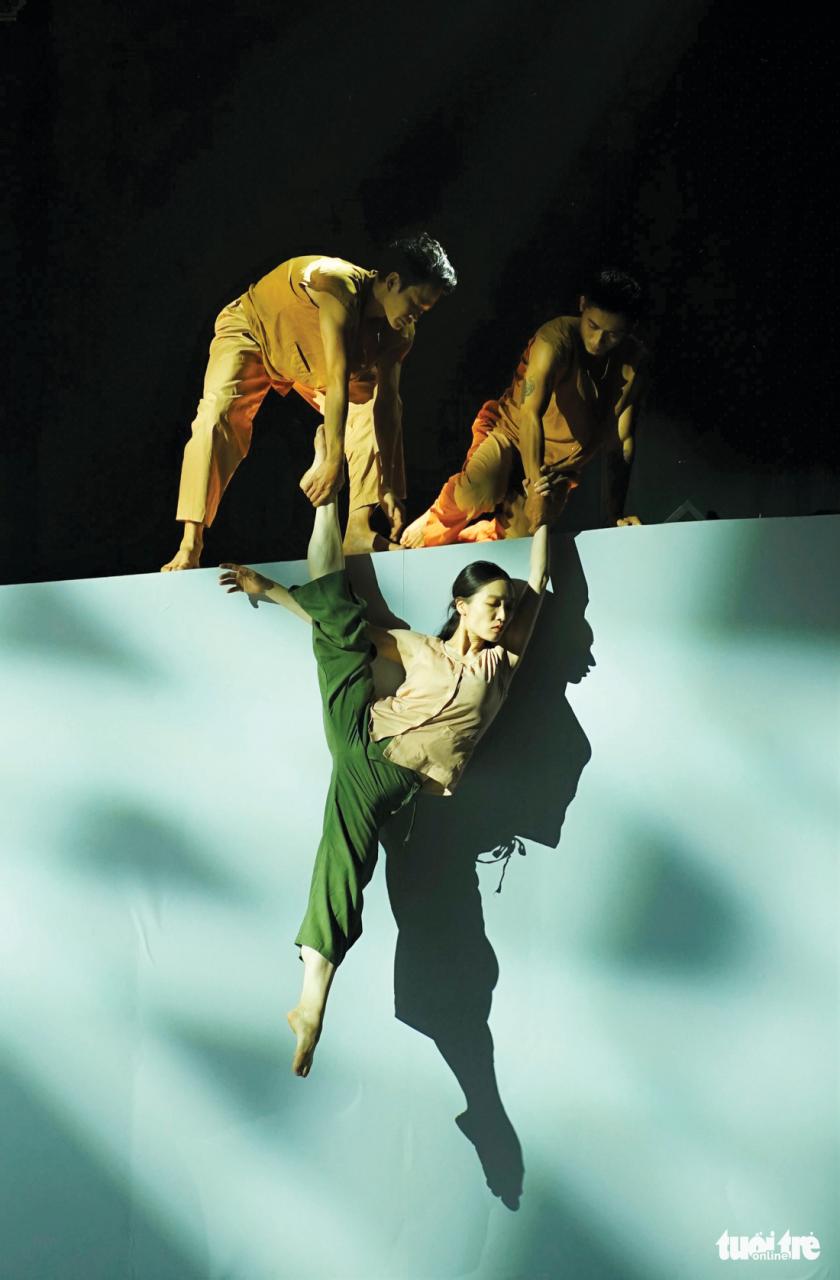
Photo: HUYNH VY
"After six years in the Netherlands, I started thinking about going to another country to look for other challenges.
At that time, I heard that the artistic director of Arabesque Vietnam, Nguyen Tan Loc - whom I knew when I was in Japan - was looking for dancers with good classical technique.
So I contacted him via Facebook, and that's how my story in Vietnam began," Chika said about eight years ago.
As the country where Chika has lived the longest after Japan, Vietnam naturally holds many memories for her.
Among them, perhaps the most memorable was the "first" trip to the West full of confusion with a foreign girl.
It was around 2016, when Chika and the company went to Can Tho and Soc Trang to experience the life of the people in the West, to get inspiration and practice for the dance play The Mist at that time.
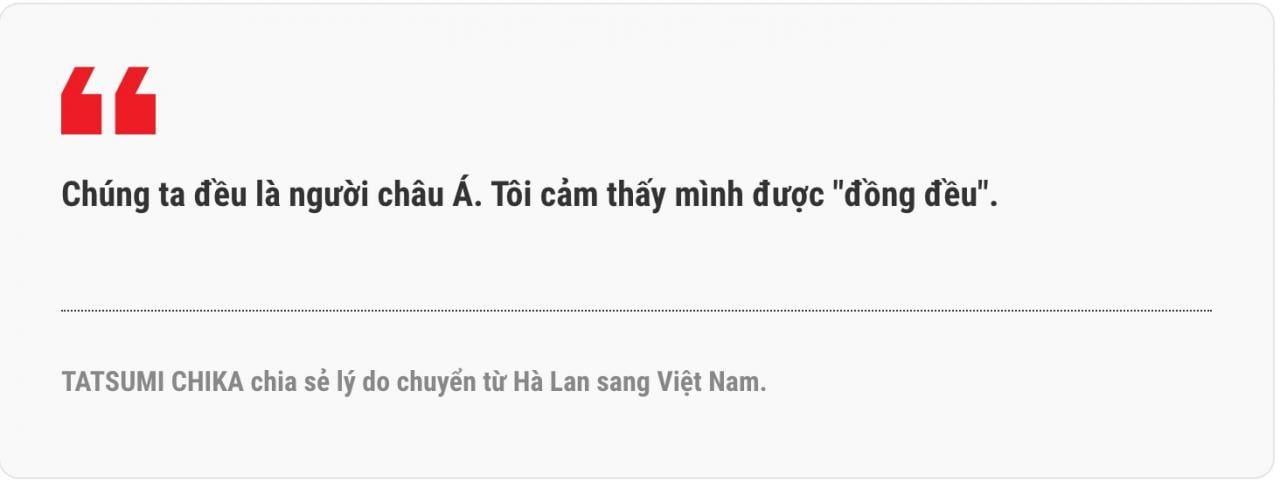
TATSUMI CHIKA
That was the first time she slept on the brick floor with everyone else, washed clothes by hand, took off her shoes and went to the field to catch snails, hugged a banana tree trunk and waded across the river because she couldn't swim, went into the garden to pick fruit without even knowing what kind of fruit it was, and especially... ate field mice.
"At first I was shocked, I had to ask again 'Are we really eating rats?' because in Ho Chi Minh City I had seen rats almost as big as cats, how could I dare to eat them. But then I ate them. They were so delicious! - Chika said while laughing - I kept wanting to eat them, I kept eating them, then people told me that only these rats were edible because they only eat rice."
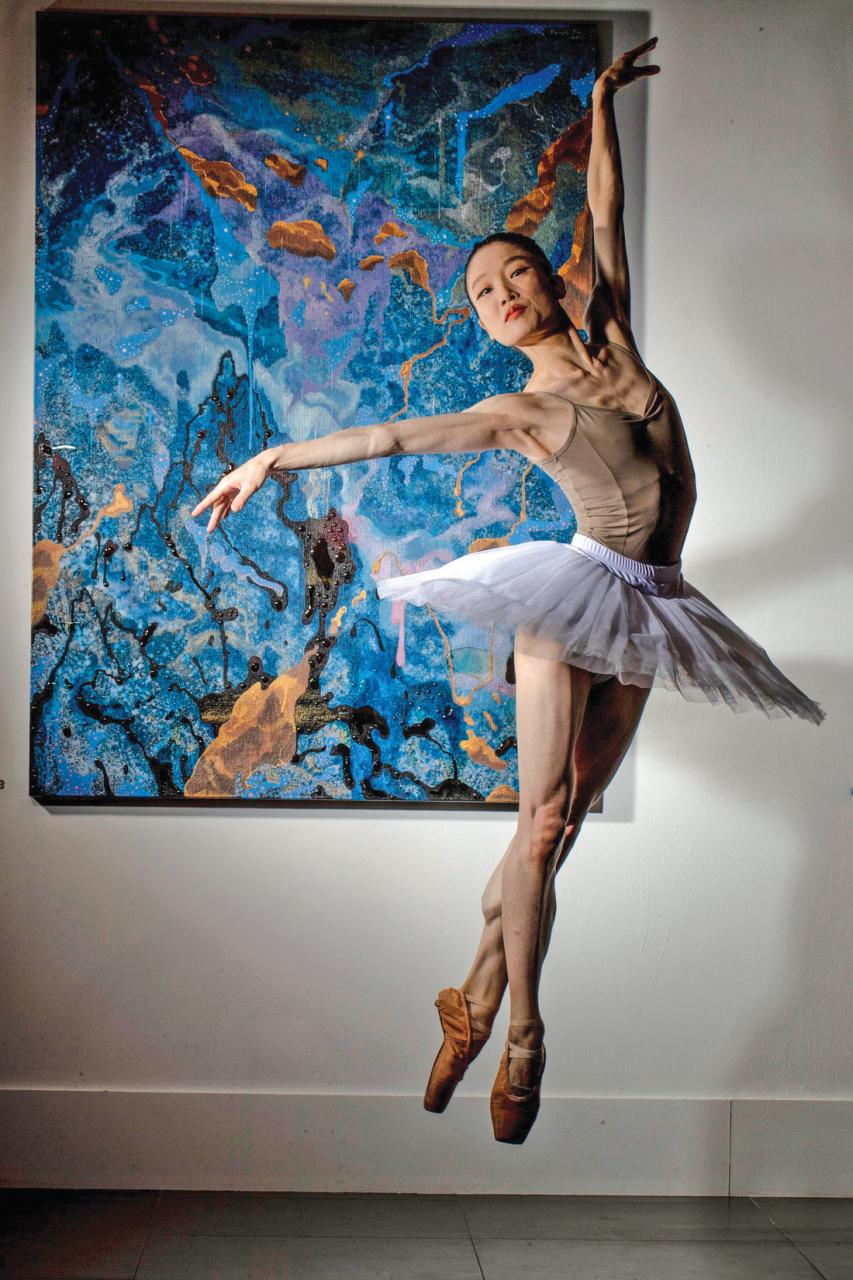
Photo: DAI NGO
In addition to those happy memories, the beautiful scene of the early morning fields immersed in mist under the shimmering sunlight also moved Chika, helping her get emotional for her performance on stage, because The Mist is originally about telling the story of Vietnamese farmers.
The trip to the West also made Chika realize how resourceful Vietnamese people are, being able to handle almost everything with little or no tools.
Later in her work, she also realized that, many times when there was a lack of equipment, people had to do it themselves.
Leaving her career in the Netherlands, a developed country in Europe, to live in Vietnam, Chika made her mother worried. However, the female artist had her reasons.
And more than anything, for Chika, Vietnam is the ideal place for her not only because it is close to Japan so it is convenient for her to go home, but also because everything here is still developing.
"Instead of jumping into level 10 and having it all, it's more interesting to see the whole development process. I like to see this as a challenge for me and that's the main reason why I wanted to come here. Initially I thought I would stay for about five years and then move on to a new place, but somehow with Arabesque, I couldn't leave," Chika said.
For an artist like Chika, the pressures, the injuries, the days of sweaty practice day and night, until the body is tired, the knees hurt, are all rewarded with emotional tears or happy faces from the audience after the show.
At the time of sharing his story with the writer, Tatsumi Chika and his colleagues were still practicing day and night for SENZEN, a contemporary ballet containing Vietnamese and Japanese cultural colors, part of a series of programs celebrating 50 years of Vietnam-Japan friendship.
Female singer writes love songs for Vietnam
Self-described as a "noisy" person, Mikami Nammy finds the right energy for herself in the bustling, noisy Ho Chi Minh City.
While singing, painting about Vietnam and exhibiting in Ho Chi Minh City and Tokyo, and making a YouTube video introducing Vietnam, this Japanese girl exudes a dynamic, cheerful energy that others can feel right from the first meeting.
Passionate about singing and dreaming of becoming a singer since high school, Nammy attended many auditions but failed more than succeeded.
Not discouraged, she continued to participate in many live singing shows to improve her skills, even going to New York alone to learn singing. After that, Nammy said she had the opportunity to perform in many places such as France, Brazil, Thailand..., from then on she intended to live abroad.
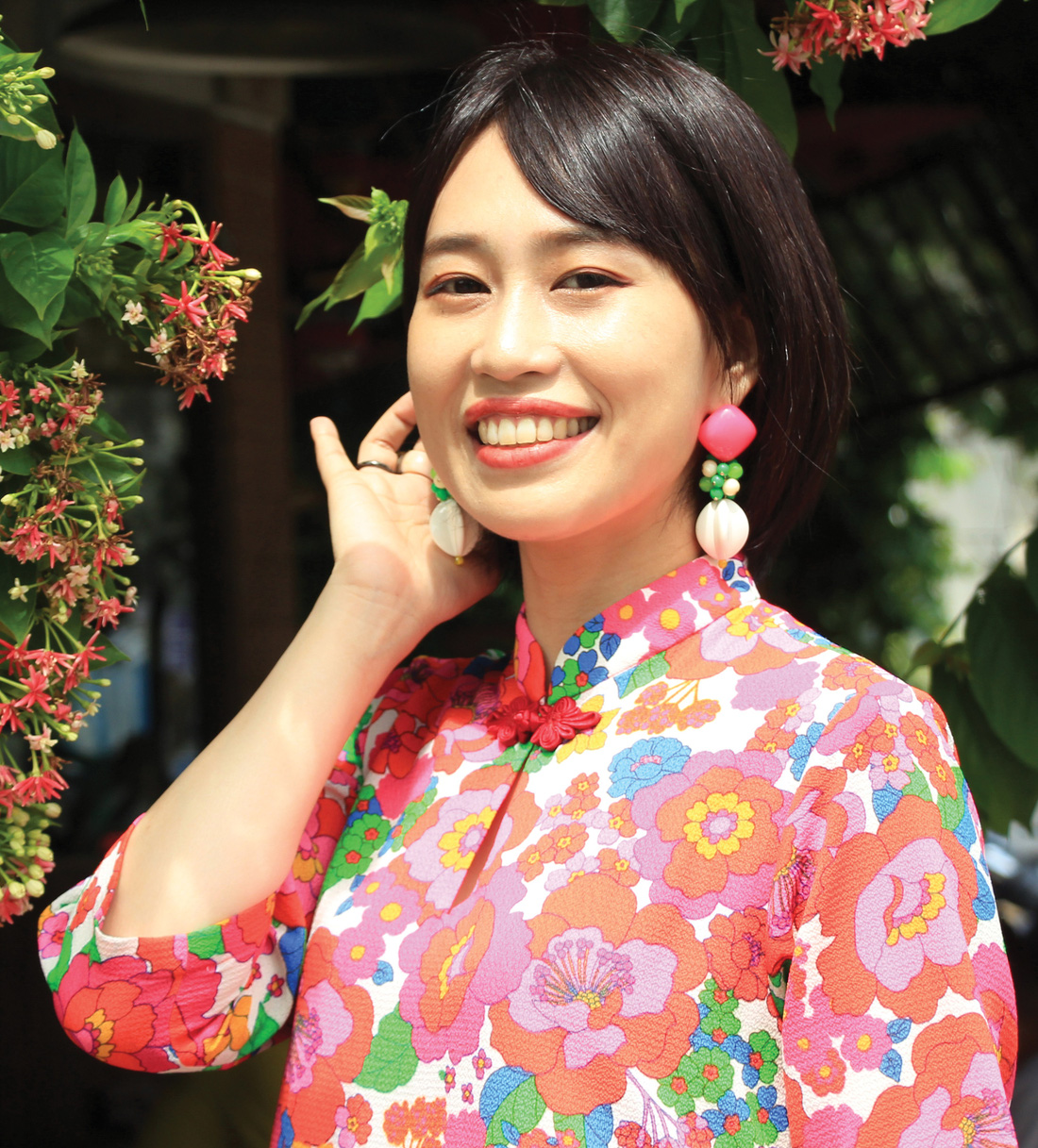
Photo: NGOC DONG
In 2016, Mikami Nammy first set foot in Vietnam with a friend.
After that trip, the singer fell in love with the tropical climate, the vibrant people, the source of vitality that she likened to "a flower about to bloom" of Vietnam.
So a year later, Nammy moved to Vietnam to live, although she had previously traveled to more than 30 countries around the world but did not stay long.
"When I fall in love with someone, of course there are many different reasons like looks, personality, values… but at first, I instinctively think 'This is the right person!'.
I really can't explain why I want to live in Vietnam, but it feels like falling in love with someone," the romantic singer likened. "I want to know more about this country."
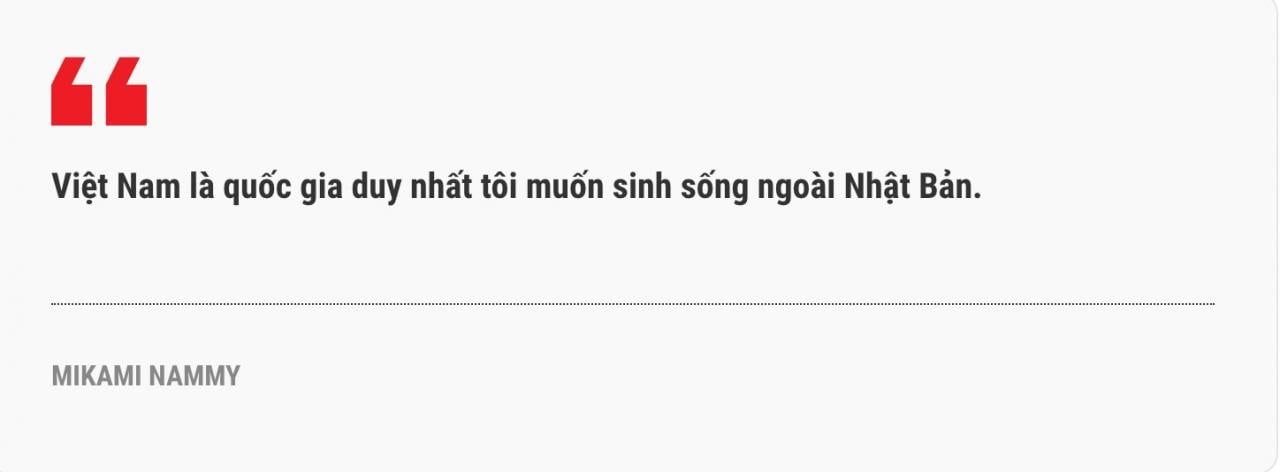
MIKAMI NAMMY
Choosing to live in Ho Chi Minh City, Nammy shoots videos during the day and edits them. At night, she performs at a friend's bar. When she feels inspired, she paints and composes music.
"I want to sublimate what I feel in Vietnam into music and recently I've been trying to create music that combines Japanese and Vietnamese influences.
However, unlike Japanese, Vietnamese has different tones, which is what I find most difficult in composing.
I'm still learning Vietnamese but I don't speak it well so I will try my best to let Vietnamese people know me more through my music," Nammy shared.
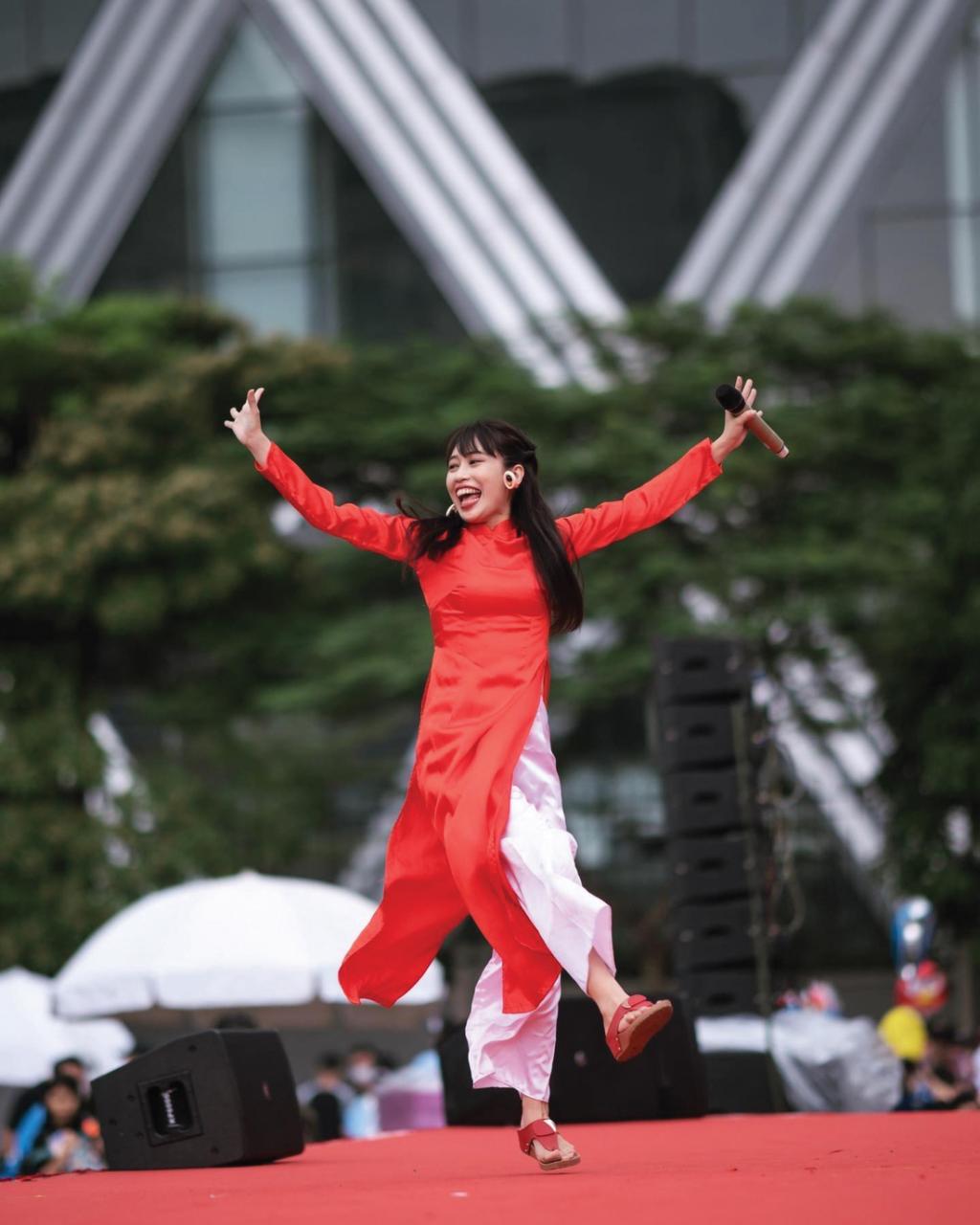
Mikami Nammy wears ao dai to perform at an event in Hanoi - Photo: NVCC
The song Souda! Betonamu ni ikimashou (Come on! Let's go to Vietnam) composed by her won second prize in the Vietnam - Japan friendship song composition contest within the framework of activities celebrating the 50th anniversary of the establishment of diplomatic relations between the two countries.
"Actually, I wrote this song because I fell in love with Vietnam the first time I came here. So, this is really my love song for Vietnam. I composed this song because I want my Japanese friends to be interested in Vietnam when they hear it," she said.
Meeting Nammy Mikami, I found her as enthusiastic as in her YouTube videos, when she took viewers to eat banh khot and cha gio, to Hoi An to play basket boat, to festivals to play bamboo dancing...
"Although the number of subscribers is not large, the number of viewers is increasing day by day. Most of them are Japanese, some of them have known Vietnam since they were young when they studied at school, some of them do not know that Vietnam has developed so much.
Every time I read comments like 'I want to live in such an attractive country!', I just want to show off to them," Nammy smiled brightly.
Vietnam is a photographic inspiration
Also living and working in Ho Chi Minh City, Taneda Motoki chooses to contemplate the city from quiet corners. Whenever he has free time, he rides his motorbike alone to cafes and ancient architectural works to admire the city through the lens of his own camera.
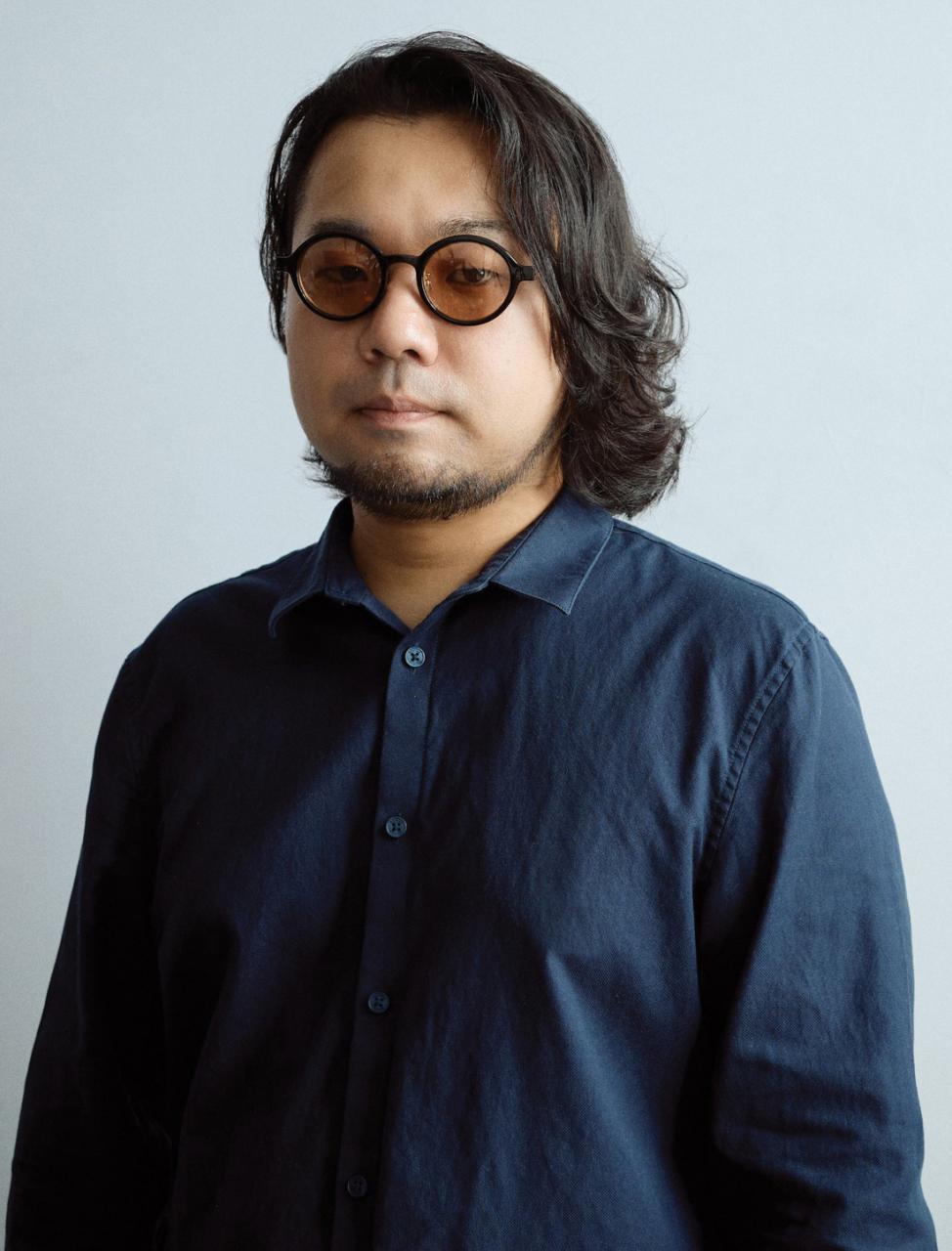
Photo: NVCC
After traveling to Vietnam and being stuck due to COVID-19, Motoki worked as a customer service representative at a Japanese company and used his vacation days to wander around taking photos of people and landscapes.
Before that in Japan, he also worked as a portrait photographer at a studio in Hokkaido.
"I find that Vietnamese people like taking photos more than Japanese people. Moreover, Vietnam has many photo studios with unique layouts. Prices are also reasonable and easy to rent," Motoki commented.
His forte is portrait photography, but Motoki says in Vietnam, he finds new inspiration in classical architecture.
"On my days off, I often go to an old cafe or museum early in the morning. The morning sunlight is very beautiful for photography," he said.
For Motoki, the interweaving of ancient architecture and the extremely rapid development speed of Ho Chi Minh City is what impressed him the most.
Four years in Ho Chi Minh City also gave him the opportunity to discover the differences between lifestyles in the two countries.

TANEDA MOTOKI
"In this city, we can buy everything from small retailers online. If you order something from a seller, you can get it in an hour.
It's so convenient. When I buy some cameras and lights, I contact the camera seller and they send them to me very quickly. I feel like I can buy what I want anytime," he said.
"Plus, people work from early in the morning and take a nap at noon and then go out at night. That's different from the Japanese way."
New inspirations in Vietnam not only helped Motoki improve his photography skills but also motivated him to think more seriously about his photography career with the intention of returning to Japan next year to focus on photography.
According to him, Vietnamese artists are actively working all over the world, not only as photographers, but also as designers, musicians...
"I hope Japanese and Vietnamese artists will interact more. They will inspire each other. We have different processes to create a photo, we can learn some good experiences from each other," he said.










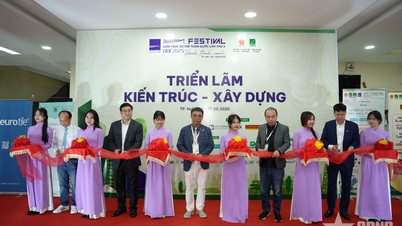




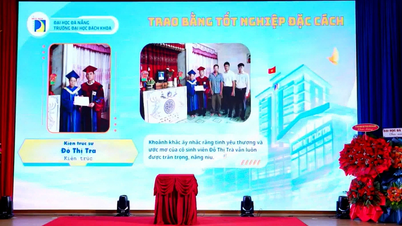
![[Photo] Spreading Vietnamese culture to Russian children](https://vphoto.vietnam.vn/thumb/402x226/vietnam/resource/IMAGE/2025/9/19/0c3a3a23fc544b9c9b67f4e243f1e165)







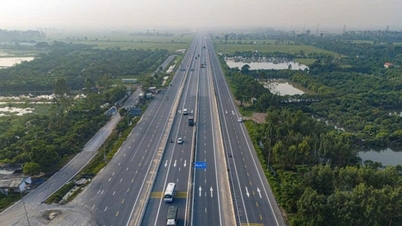
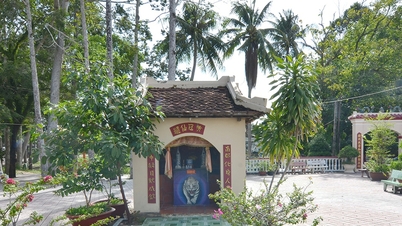

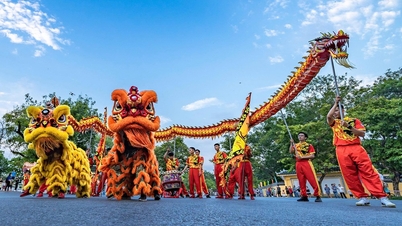





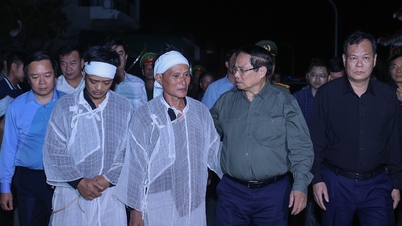





![[Photo] Panorama of the cable-stayed bridge, the final bottleneck of the Ben Luc-Long Thanh expressway](https://vphoto.vietnam.vn/thumb/1200x675/vietnam/resource/IMAGE/2025/9/30/391fdf21025541d6b2f092e49a17243f)

![[Photo] President Luong Cuong receives President of the Cuban National Assembly Esteban Lazo Hernandez](https://vphoto.vietnam.vn/thumb/1200x675/vietnam/resource/IMAGE/2025/9/30/4d38932911c24f6ea1936252bd5427fa)













































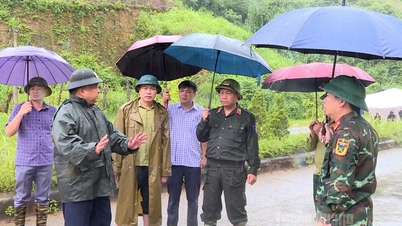



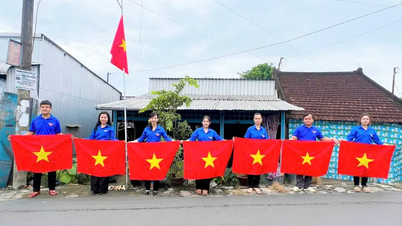

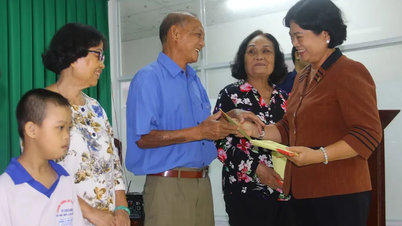














Comment (0)